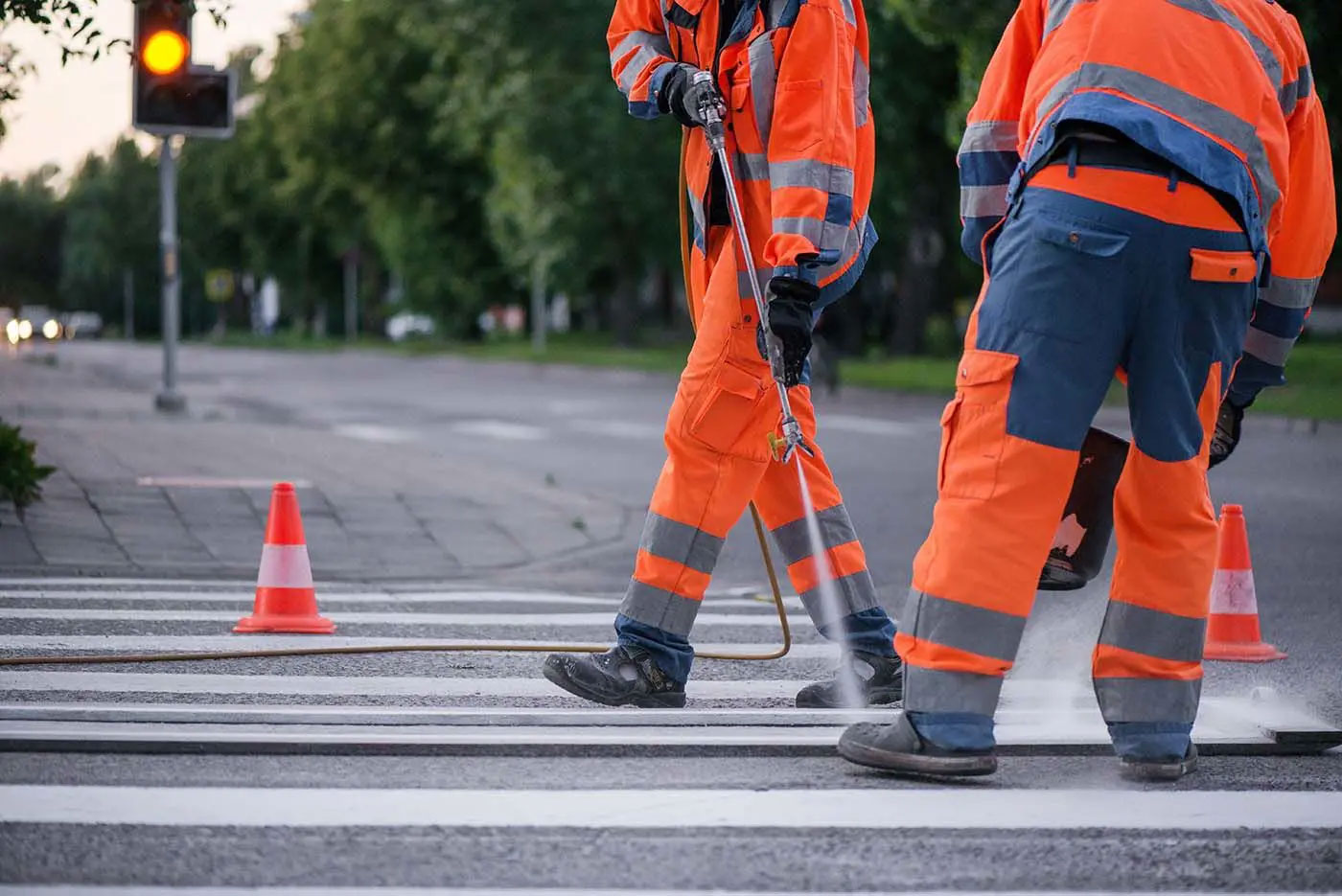Paint line removal can be a challenge across many industries, but there are plenty of options. Whether it is a road line marking in need of change at an airport, a car park’s changeup, a warehouse that’s being reorganised, or the original making wasn’t up to scratch, removing unwanted line markings is a common task. There are a variety of methods for removing lines, but you must know which method is right for the line-marking paint you want to remove.
There are many challenges when removing lines. One of the biggest challenges is ensuring the finish and texture of the surface match the rest of the area after being processed. There are a variety of paint types and applications used to lay different line-markings. There are also different substrates to deal with. You run the risk of creating a visual groove in the surface or creating a slippery surface. There is also a risk of not blending the finish properly, which can result in markings being misread.
How To Remove Unwanted Line Marking
There are many methods to choose from; they will provide different results so you need to consider the variables involved in your project. Different substrates use different paints for line markings and need to be dealt with differently. While there are many methods of removing line marking, each process involves different steps.
- Shot Blasting
Shot blasting can be used as part of the removal service. This method uses small metal beads (shots), which are propelled at speed against the surface to remove road, paint, and line-markings. One of the biggest issues with this method is it does not just remove the paint. It can also remove layers from the road, which can cause more damage. Shot blasting has the potential to cause more damage to the surface than any other removal method. It is not suitable for concrete but might be the right solution for steel.
- Black Out
A highly cost-effective method to remove unwanted line markings is to use black or grey paint to cover the existing paint. However, though it is cost-effective, it is only temporary. The coverup will eventually fade, particularly under the weight of the sun, which will uncover the paint below.
- Diamond Grinding
Diamond grinding is the primary method for paint removal on concrete surfaces. It is suitable for indoors and outdoors and smooths the surface to prepare it for line painting. Once the old lines are removed, the difference will look distinctive, but will eventually blend to look unnoticeable. Once the grind is complete, a water blast can clean the surface to make the work less noticeable.
For outdoor line removal, water blasting may be a better solution, but that depends on the surface, the lines, and a professional can offer advice to guide you in the right direction.
- Water blasting
Water blasting is a highly effective route for line marking removal. When water blasting is used on a large scale it is rarely as cost-effective as the other options available to you. When dealing with warehouse markings a hand-operated machine should be used as the process is more delicate than removing lines from roads.
Line Marking Removal
Sydney Line Marking can handle existing line marking removal. We offer a variety of services from removing paint lines to floor sealing, supply and installation of wheel stops, safety bollards, and signage. Reach out if you need concrete surface grinding, pressure washing, sandblasting, floor scrubbing or any of our other services. We are confident in our methods to remove your existing line-markings.


